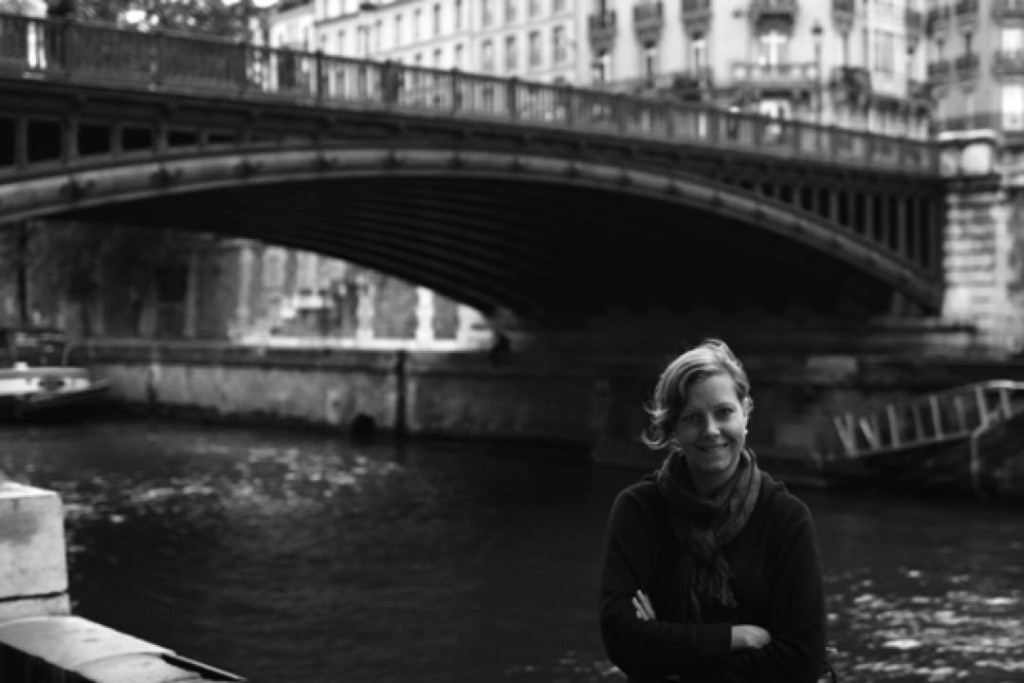Co-winner of the 2015 Tarpaulin Sky Book Prize
[2016 update: visit the author page for Kim Parko and the book page for The Grotesque Child]
excerpt from The Grotesque Child
Now the wind had calmed during the day, but the brightness was too much for the grotesque child and the animal’s eyes. Both the grotesque child and the animal had huge eyes. They walked around shielding their huge eyes from the brightness; nevertheless, they both developed debilitating headaches. I am going to ask the brightness to dim down a bit, said the animal to the grotesque child. Be careful, said the grotesque child, the brightness can be tricky.
The animal emerged from under the boulder into the brightness, shielding its eyes as it emerged. The animal said to the brightness, Do you think you could dim down a bit. The brightness said to the animal, Only if you let me enter you. What will you do once inside me? asked the animal. I will illuminate your dark recesses, said the brightness.
The animal opened its mouth and let the brightness enter. The brightness said, you have so many recesses. As the brightness entered each recess, the animal moaned.
The grotesque child heard the moaning and went out into the brightness that was now dim enough that she did not need to shield her eyes. She saw the animal moaning and asked, what is wrong? The brightness had entered me and has exposed all that is hidden in my darkest recesses, said the animal. I am afraid of what has come to light inside me.
The grotesque child went out that night and gathered seeds from the night-food they had been eating. She fed them to the animal. The next day and the animal felt relief as the seeds bloomed and covered its recesses in partial shade.
Now that the wind had calmed and the brightness had dimmed the grotesque child and the animal were free to roam the land in the day.
The day land was so different from the night land and they felt some of their night-land-senses atrophying while their day-land-eyes got bigger and wider.
The grotesque child and the animal roamed far and wide in the day and they became sleepy at night. Soon they were only eating day food.
One day, as they roamed, they spotted something in the distance. It was massive with gleaming scales and a spine that jutted into the air. Is it alive? asked the grotesque child. The grotesque child and the animal watched the gleaming, jutting mass for hours, but it did not move. Whatever that is, said the animal, I think we should stay well away from it.
It was dark and the grotesque child and the animal were sleeping. They were awoken by bright lights and strange voices. They did not have time to react before they were put in a container from which they could not escape. It was dark in the container, darker than any moonless night. They were both afraid.
Quick, said the grotesque child to the animal, hide in one of my nooks. The animal climbed deep into one of the grotesque child’s nooks and hid there.
When the captors opened the container, they were confused. They thought they had captured two creatures: one furry and soft and one distorted. But now there was only one: the grotesque one. Even though it’s grotesque, it’s only a child, said one of the captors. One can learn a lot about the mechanisms of sensitivity and desensitization from a child, said the other captor.
The grotesque child and the animal were brought into the middle of the gleaming mass and to the top of one of its jutting spines.
The grotesque child was able to survive because the animal remained hidden within her nook. When the pain was at its worst, the animal sang lullabies within her, soothing her exposed nerves and spasming muscles. When the captors left, the animal came out of the grotesque child’s nook and licked her wounds. The captors were amazed at the grotesque child’s resiliency.
After weeks of vivisection, one of the captors said, this child has been through enough.
The other captor said, We are just beginning.
 ABOUT THE AUTHOR
ABOUT THE AUTHOR
Kim Parko is the author of Cure All (Caketrain Press, 2010). She lives with her husband, daughter, and the seen and unseen, in Santa Fe, New Mexico where she is an associate professor at the Institute of American Indian Arts.
ABOUT THE BOOK (FORTHCOMING, 2016)
I was thinking about “mother ship”.
I was thinking about a mother without a child and a child without a mother.
I was thinking about how it feels when the world rubs harshly against me.
I saw the mother ship as a whale in the sky.
I saw the sky and the ocean as interchangeable.
I saw desire forming the contours of land and body.
I was thinking about a big bear that was made of stars and phosphorescent dots.
I was thinking about the journey through the hedgerow and now the forest is gone.
I was thinking about what makes a beast.
I saw beings swallowing other beings and the swallowed beings slept inside.
I saw the viscous and weepy fluids of the body sloshing in chambers.
I saw all the hiding places within the body and all the things tucked away.
I was thinking about the toxicity that leeches from all the machines making things.
I was thinking about the rivers of dirty water flowing to the oceans of dirty water.
I was thinking about how many worlds there must be, the lives shaping and disbanding on their surfaces.
I saw compassion and hate.
I saw a child at the origin.
I saw a girl.